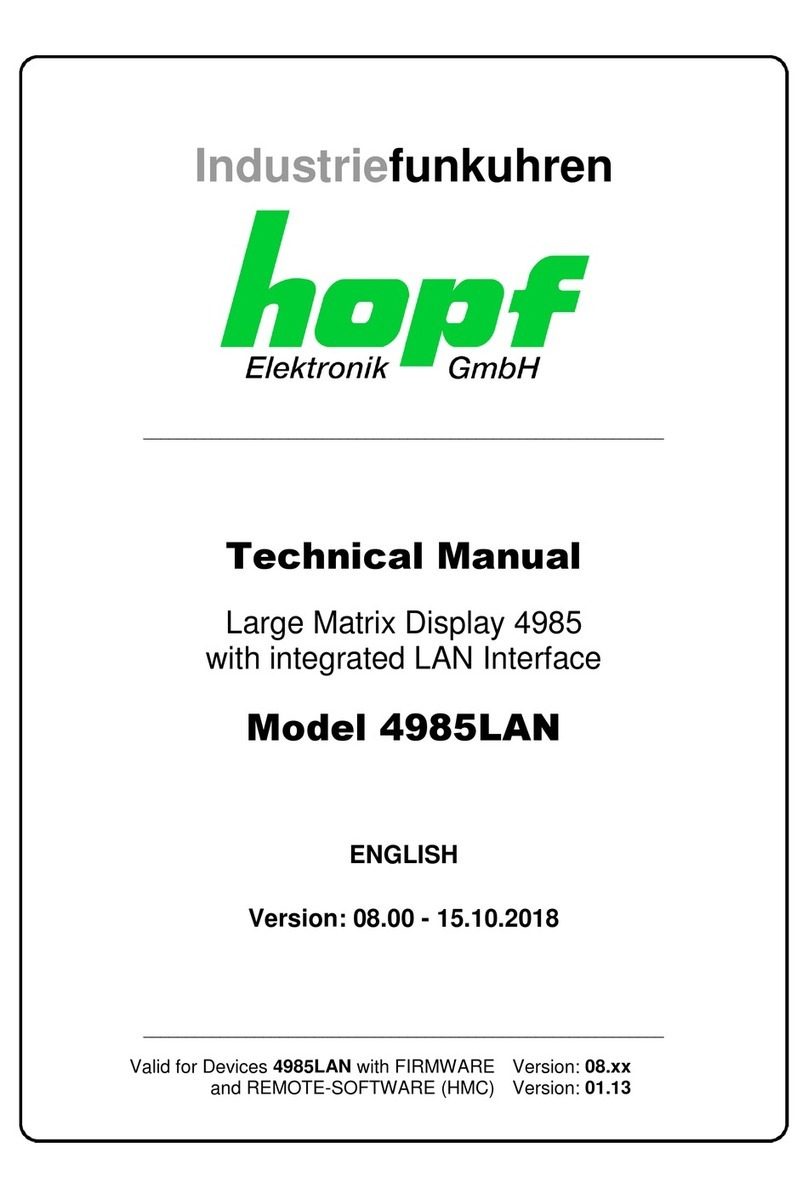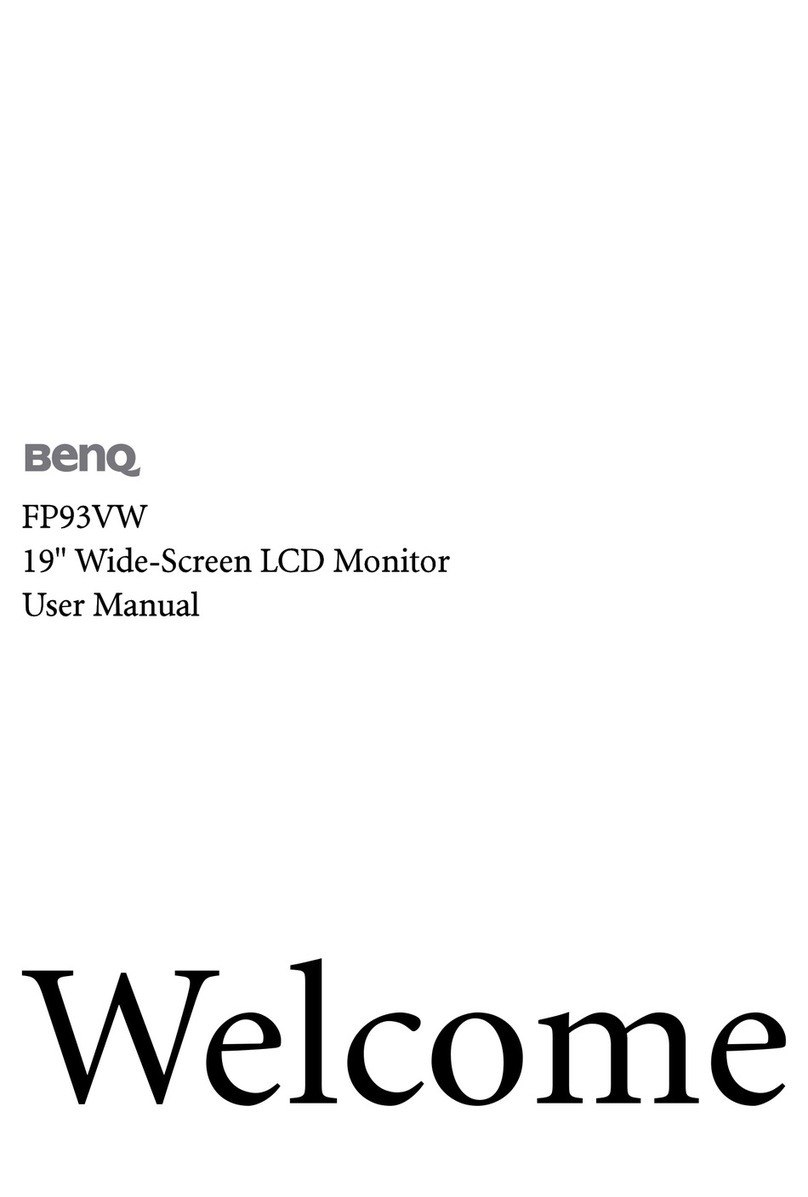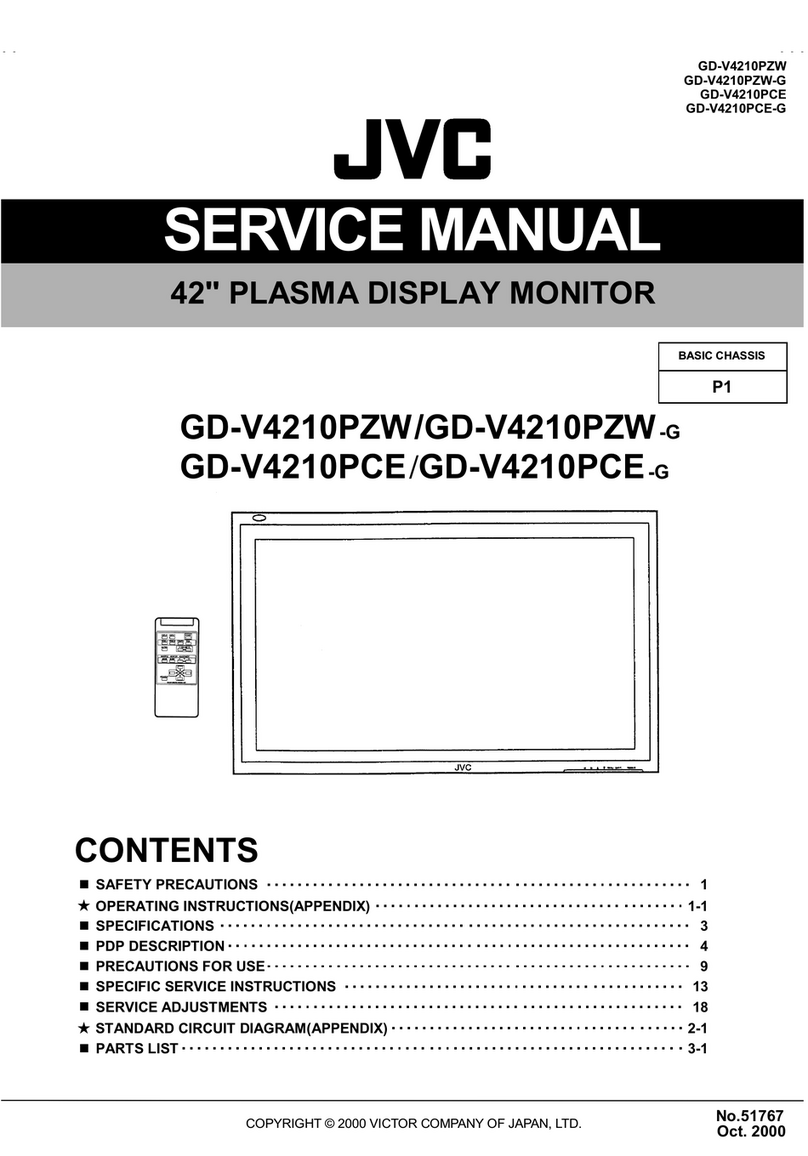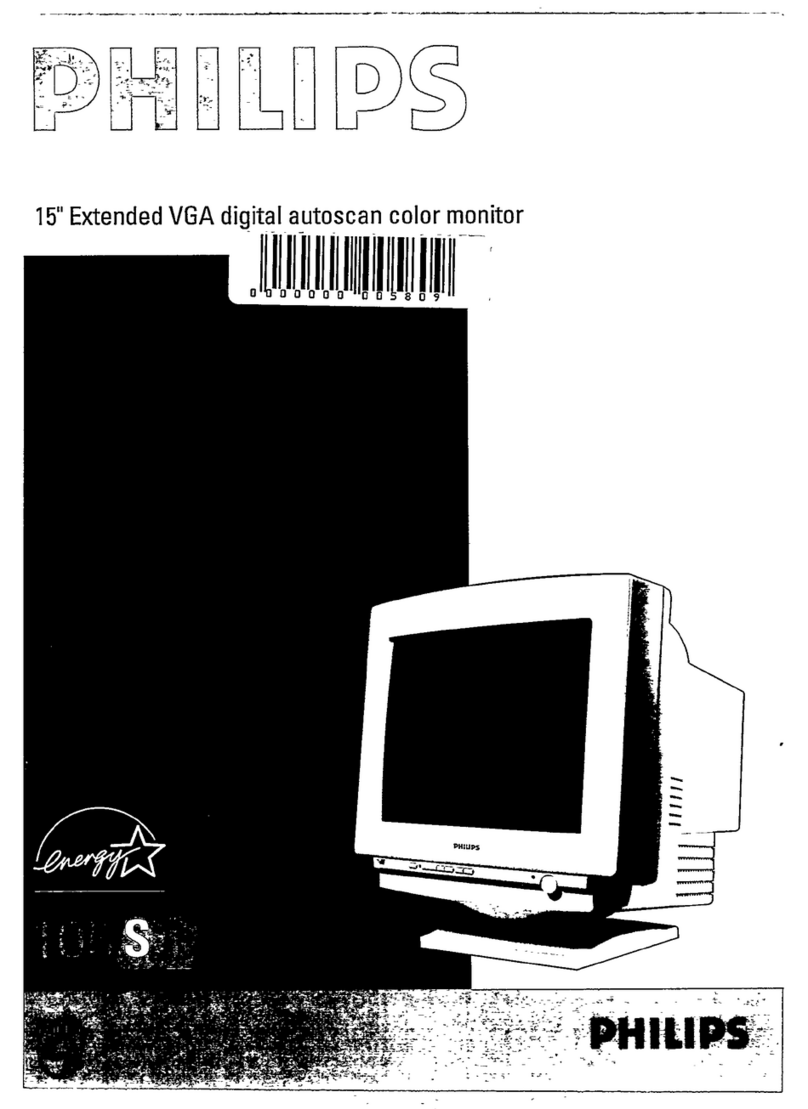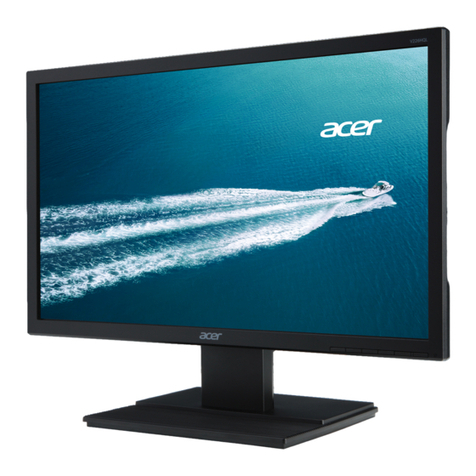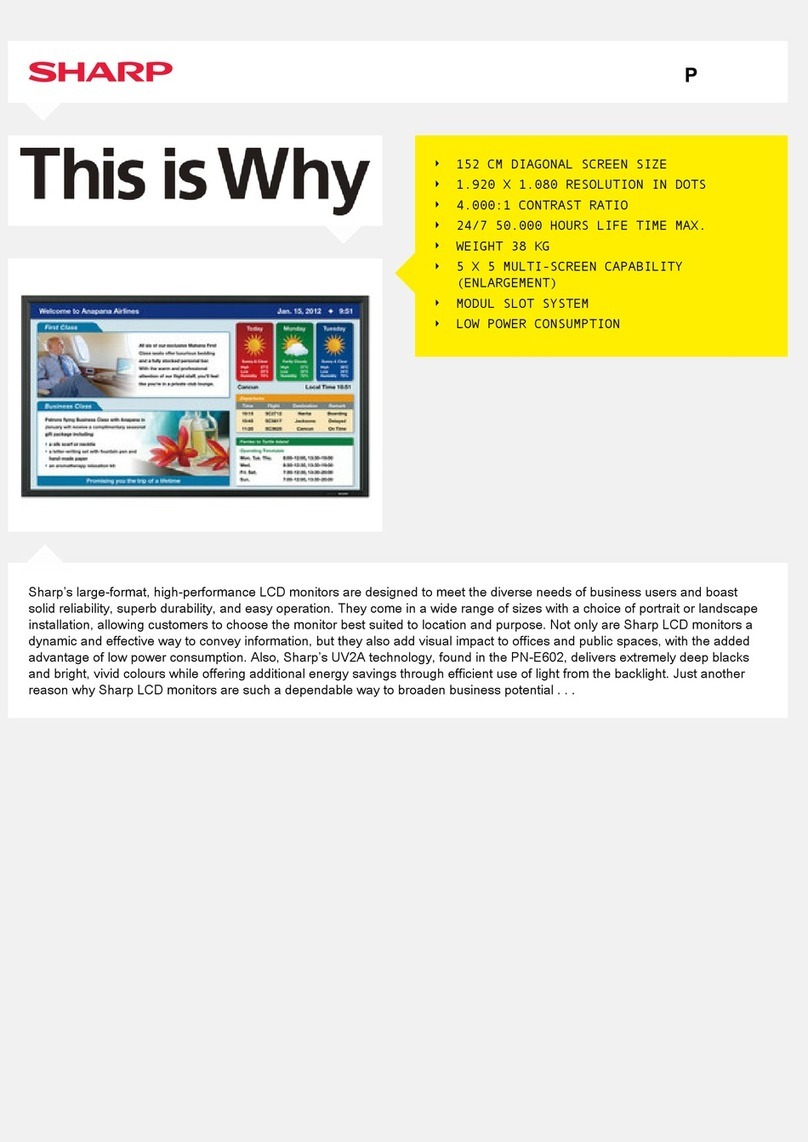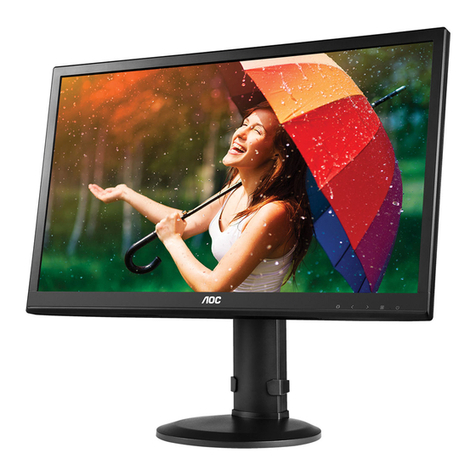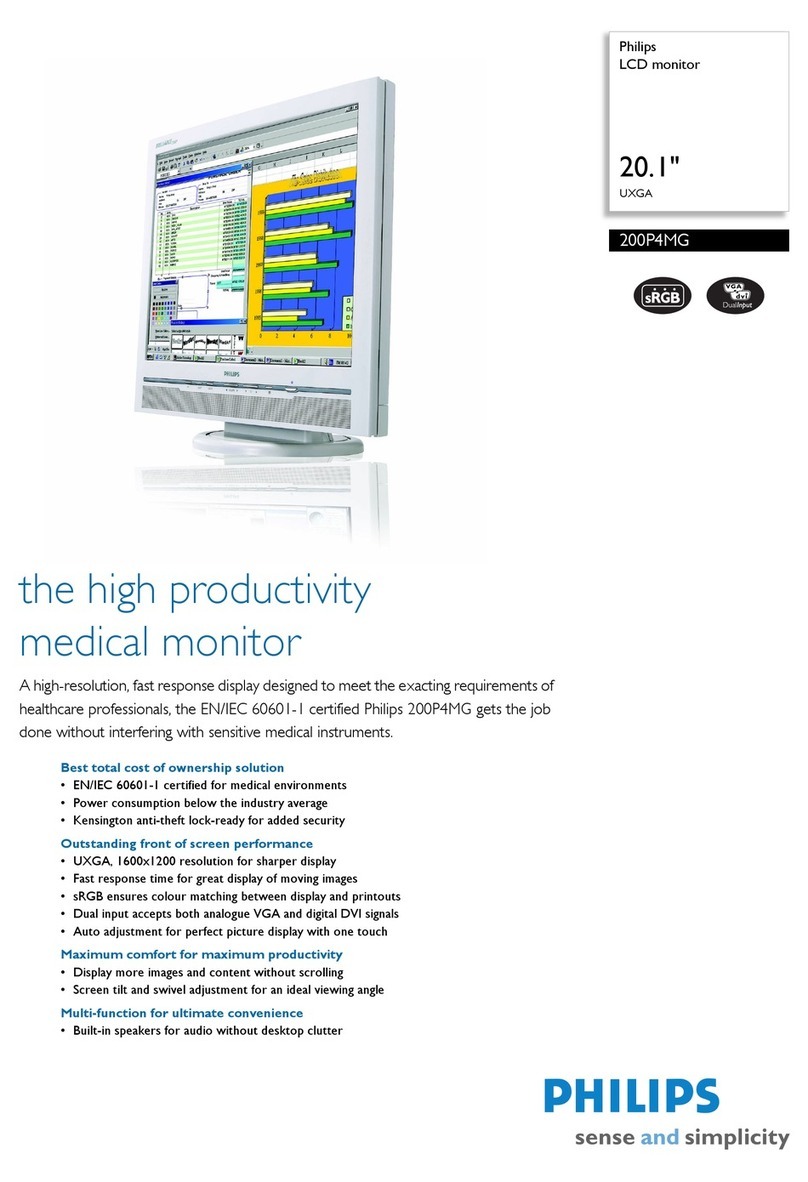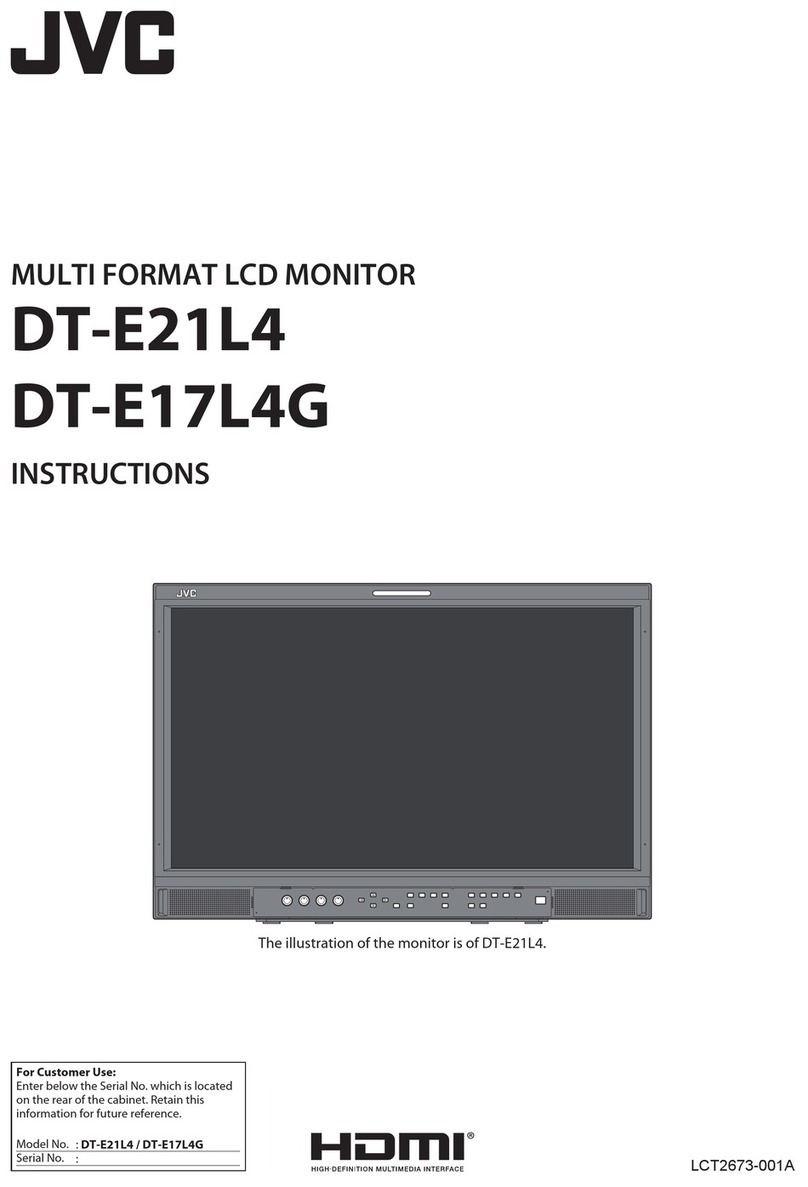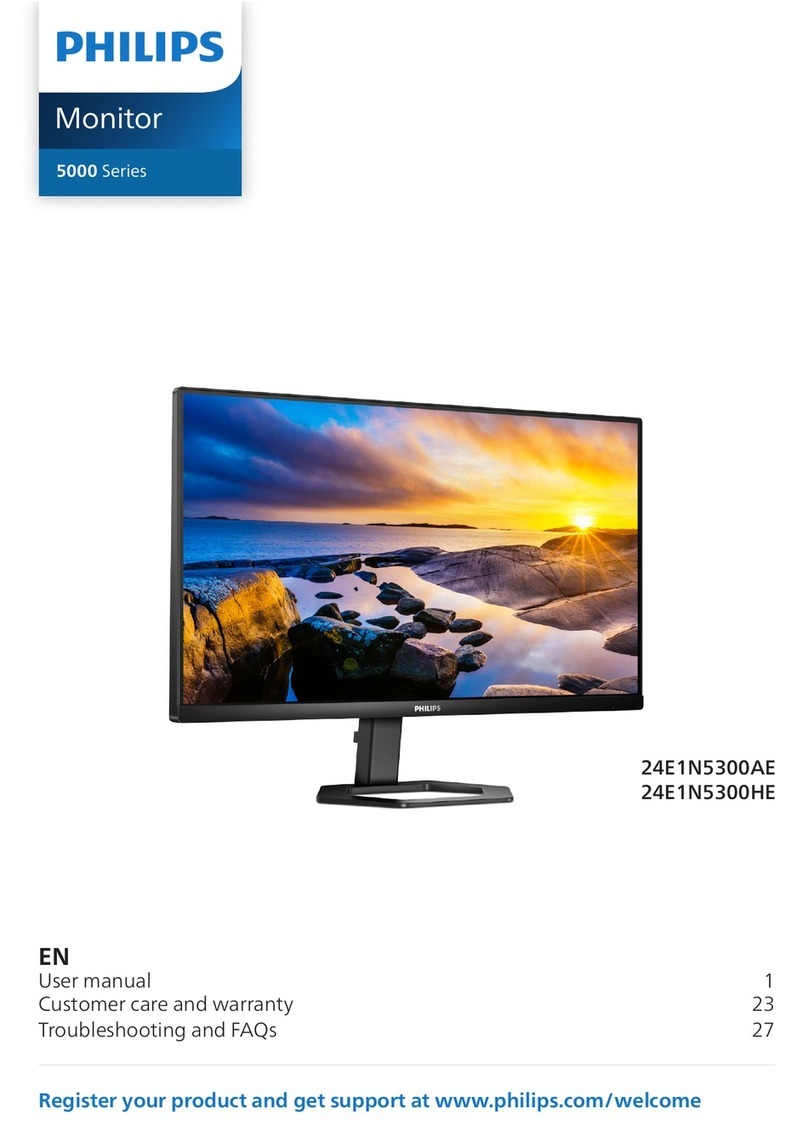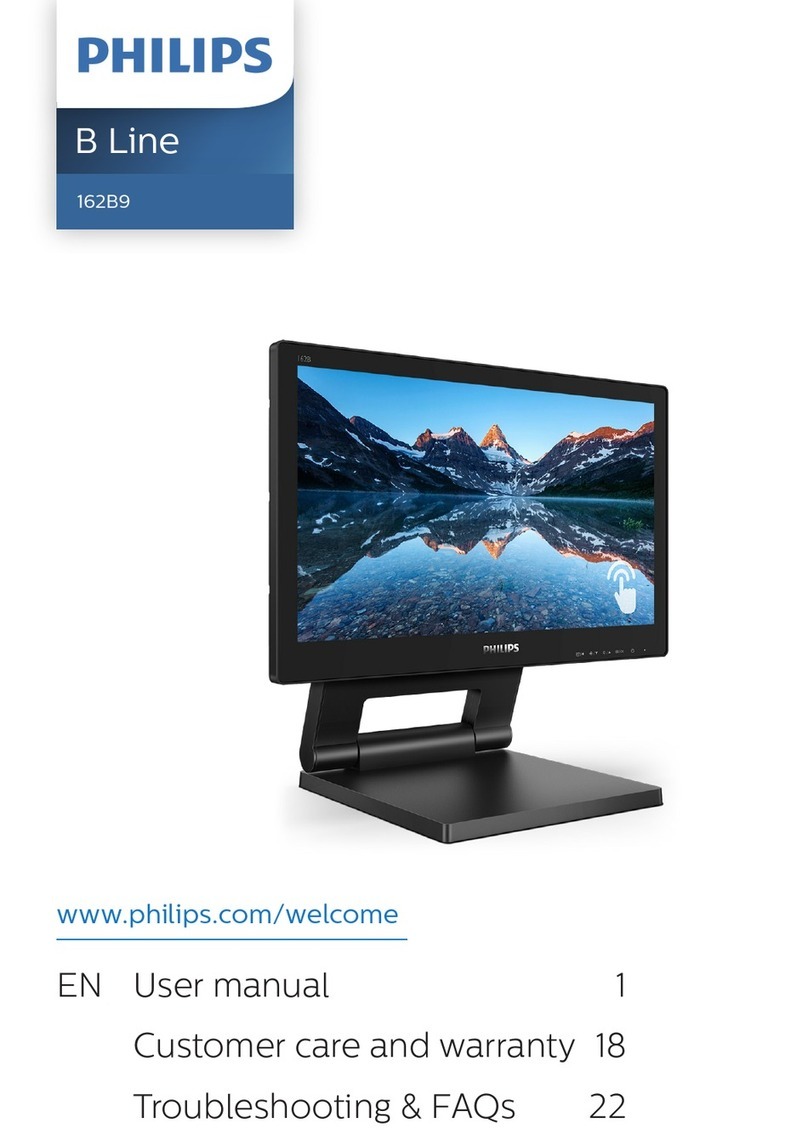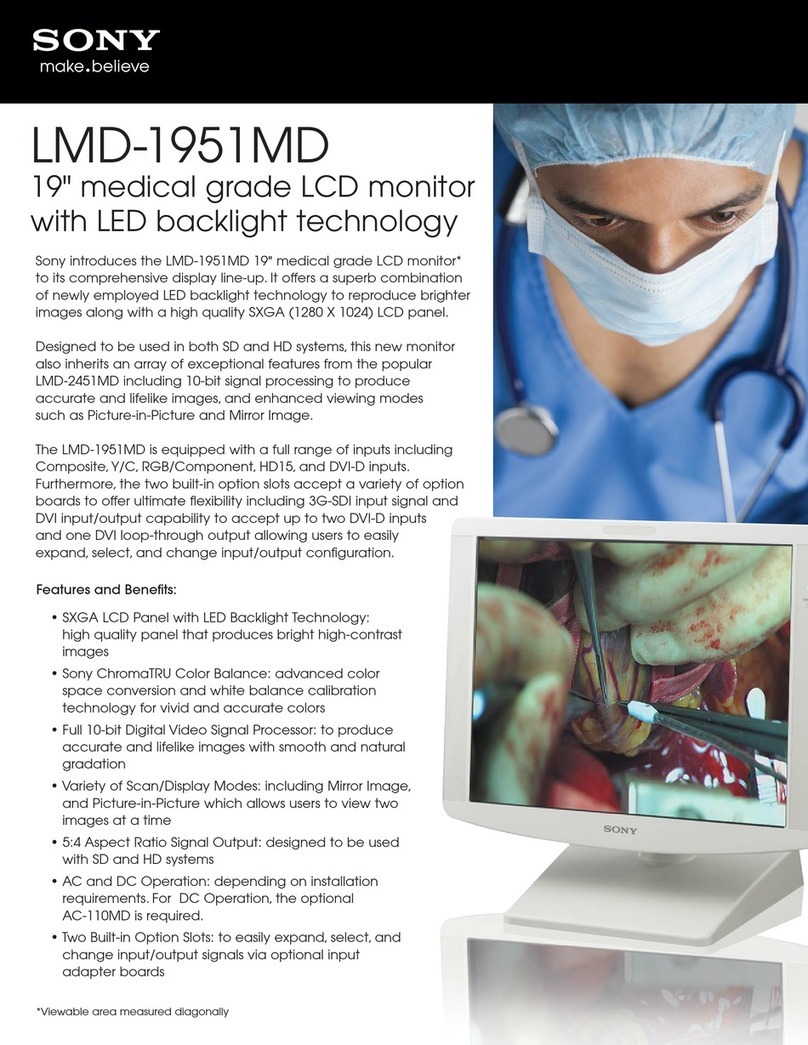Sevcon Clearview User manual

Clearview
Display
Reference
Manual
Document no:
177/5250x
Rev. A

Sevcon Limited (Head Office)
Kingsway South
Gateshead
NE11 0QA
England
T: +44 (0)191 497 9000
F: +44 (0)191 482 4223
Sevcon USA, Inc.
155 Northboro Road
Southborough
MA 01772
USA
T: 508 281 5510
F: 508 281 5520
Sevcon SAS
Parc d'Activité du Vert Galant
95041 CERGY-PONTOISE
CEDEX
France
T: +33 (0)1 34 30 35 00
F: +33 (0)1 34 21 77 02
Sevcon Japan KK
Kansai Office
51-26, Ohyabu, Hikone
Shiga, Japan 522-0053
T: +81 7 4946 5766
Sevcon Asia Limited
Room 504 Wellbeing Plaza
75-1 Wondang-dong
Seo-gulncheon City 404-320
Korea
T: +82 32 215 5070
F: +82 32 215 8027
www.sevcon.com

Table of Contents
Chapter 1: Introduction 1-1
About Clearview Display documentation.............................................. 1-2
This version of the manual..............................................................................................................1-2
Copyright........................................................................................................................................1-2
Scope of this manual.......................................................................................................................1-2
Related documents..........................................................................................................................1-2
Drawings and units .........................................................................................................................1-2
Warnings, cautions and notes..........................................................................................................1-3
Product identification label.................................................................... 1-4
Technical support................................................................................... 1-4
Product warranty.................................................................................... 1-4
Chapter 2: About the Display 2-1
Introduction............................................................................................ 2-2
Standard features and capabilities ......................................................... 2-3
Mechanical package........................................................................................................................2-3
Available accessories......................................................................................................................2-3
Safety and protective functions ............................................................. 2-4
General............................................................................................................................................2-4
Chapter 3: Connection 3-1
Connecting the Display.......................................................................... 3-2
Connector........................................................................................................................................3-2
CAN bus termination......................................................................................................................3-2
Signal connections................................................................................. 3-2
Chapter 4: Specification 4-1
Electrical ................................................................................................ 4-2

Doc. 177/5250x
Rev A
ii
Input voltage...................................................................................................................................4-2
Output protection............................................................................................................................4-2
CAN interface.................................................................................................................................4-2
Control inputs .................................................................................................................................4-2
Isolation ..........................................................................................................................................4-2
EMC................................................................................................................................................4-2
Regulatory compliance ...................................................................................................................4-3
Mechanical............................................................................................. 4-4
Operating environment ...................................................................................................................4-4
Weight.............................................................................................................................................4-4
Dimensions .....................................................................................................................................4-4
Chapter 5: Display Usage 5-1
Principle of operation............................................................................. 5-2
Functional description.....................................................................................................................5-2
Button Interface ..............................................................................................................................5-2
Power On ........................................................................................................................................5-2
Splash Screen..................................................................................................................................5-3
Acquisition of Displayed Data........................................................................................................5-3
Menu and screen changing..............................................................................................................5-4
Main Screen....................................................................................................................................5-5
System Overview............................................................................................................................5-5
Vehicle Status.................................................................................................................................5-7
Time to Distance.............................................................................................................................5-8
Personalities and Configuration......................................................................................................5-9
Test ...............................................................................................................................................5-11
Fault History.................................................................................................................................5-12
Debug............................................................................................................................................5-13
Software Update............................................................................................................................5-14
Chapter 6: Configuring the Display 6-1
Display CAN bus Node ID.................................................................... 6-2
Node ID when Connected to a System ...........................................................................................6-2
Node ID when Standalone ..............................................................................................................6-2

Doc. 177/5250x
Rev. A
iii
Configuring the Available Screens........................................................ 6-3
Screen List ......................................................................................................................................6-3
First Screen.....................................................................................................................................6-4
Configuring the Main Screen................................................................. 6-5
The Screen ......................................................................................................................................6-5
Screen Item Object Dictionary Locations.......................................................................................6-6
The Arc Graph ..............................................................................................................................6-10
The Bar Graph ..............................................................................................................................6-14
Data Object Text item...................................................................................................................6-16
Bitmap item...................................................................................................................................6-18
Time and Date item.......................................................................................................................6-21
Chapter 7: Local Display Settings 7-1
Display Parameters ................................................................................ 7-2
Clock Settings.................................................................................................................................7-2
Metric or Imperial Units .................................................................................................................7-3
Distance Units.................................................................................................................................7-3
Time to Distance Parameters ..........................................................................................................7-3
Fault log..........................................................................................................................................7-4
Chapter 8: Local CANbus Settings 8-1
CANbus Parameters............................................................................... 8-2
Manual / Auto Baud rate.................................................................................................................8-2
System Information.........................................................................................................................8-2
Chapter 9: Example Screen Layout 9-1
Example Layout..................................................................................... 9-2
The layout – bitmaps.......................................................................................................................9-3
The layout – Arc Graph and Bar Graph..........................................................................................9-4
The layout – Text items ..................................................................................................................9-5
The layout – Date and Time............................................................................................................9-6


Chapter 1:
Introduction

Doc. 177/5250x
Rev A
1-2
About Clearview Display documentation
This version of the manual
This version of the Clearview Display manual replaces all previous versions. Sevcon has made
every effort to ensure this document is complete and accurate at the time of printing. In
accordance with our policy of continuing product improvement, all data in this document is
subject to change or correction without prior notice.
Copyright
This manual is copyrighted 2011 by Tech/Ops Sevcon. All rights are reserved. This manual
may not be copied in whole or in part, nor transferred to any other media or language,
without the express written permission of Tech/Ops Sevcon.
Scope of this manual
This manual provides information on how to use the Clearview Display, and on which Sevcon
products the display is compatible with. Details of controller parameters which can be
adjusted with the display are not included in this manual.
Related documents
The following documents are available from Sevcon:
Gen4 Applications Reference Manual.
The Object Dictionary providing important information about CANopen
communication with the display.
Device Configuration Files (DCF) and Electronic Data Sheets (EDS) for the display.
Drawings and units
Orthographic illustrations in this manual are drawn in Third Angle Projection. SI units are
used throughout this manual.

Introduction
Doc. 177/5250x
Rev. A
1-3
Warnings, cautions and notes
Special attention must be paid to the information presented in Warnings, Cautions and
Notes when they appear in this manual. Examples of the style and purpose of each are
shown below:
A WARNING is an instruction that draws attention to the risk of injury or death and tells
you how to avoid the problem.
A CAUTION is an instruction that draws attention to the risk of damage to the product,
process or surroundings.
A NOTE indicates important information that helps you make better use of your Sevcon
product.

Doc. 177/5250x
Rev A
1-4
Product identification label
If you have a customized product your unique identifier will appear at the end of the Type
number. When discussing technical issues with Sevcon always have your product’s Type
number, Part number and Serial number available
Error! Reference source not found. shows a typical product identification label.
Technical support
For technical queries and application engineering support on this or any other Sevcon
product please contact your nearest Sevcon sales office listed on the inside front cover of
this manual. Alternatively you can submit enquiries and find the details of the nearest
support centre through the Sevcon website, www.sevcon.com.
Product warranty
Please refer to the terms and conditions of sale or contract under which the Display was
purchased for full details of the applicable warranty.

Chapter 2:
About the Display

Doc. 177/5250x
Rev A
2-2
Introduction
The Display is a configurable CANopen display which can be set up to show a variety of data
from the Sevcon motor controllers it is connected to. It can also be used to configure
parameters on the controllers. It has the following features:
320x240, 256 colour display.
Auto-baud rate detection.
Configurable main screen.
Configurable screen list.
Single and multi-node support.
Reads/writes a wide range of commonly used vehicle system settings.
Displays I/O + motor/vehicle status information
Displays any active faults and provides basic diagnostic information.
Displays a historical fault log for any fault on the motor controller system.
Fully flash programmable for display software updates.

About the Display
Doc. 177/5250x
Rev. A
2-3
Standard features and capabilities
Mechanical package
Figure 1 Mechanical package
Available accessories
The following accessories are available from Sevcon:
External harness to connect to system
Drive Wizard – PC based configuration tool
SELEC
T
Button
UP
Button
DOWN
Button

Doc. 177/5250x
Rev A
2-4
Safety and protective functions
General
Do not adjust the value of any parameter unless you fully understand the effect of this
change. You should have read and understood the User Manual for all the connected
devices before connecting the display to them.
Do not attempt to open the display as there are no serviceable components. Opening the
display will invalidate the warranty.
Electric vehicles are subject to national and international standards of construction and
operation which must be observed.

Chapter 3:
Connection

Doc. 177/5250x
Rev A
3-2
Connecting the Display
Connector
The display is supplied as standard with an 8 way Molex connector.
CAN bus termination
The display is designed to be permanently connected to a single or multi node CAN bus. To
assist with wiring on the vehicle the display includes a CAN termination resistor which can be
used as required to achieve the correct bus termination.
If the display fails to detect a standalone device then you should check that the CAN bus has
correct termination
Signal connections
Pin Name Type What to connect Maximu
m rating
1 +24V power Power Not connected 35V
2 Gnd Power +24Volt supply return -35V
3 CAN High Comms CAN High 35V
4 CAN Low Comms CAN Low 35V
5 CAN High Comms CAN High 35V
6 CAN Low Comms CAN Low 35V
7 CAN Term Comms
Link to pin 6 to enable 120
termination
8 N/C Not connected
Table 1 Connector pin out and wiring information
Pins are protected against short-circuits to the battery positive or negative voltages.
CAN High and CAN Low connections are duplicated to enable daisy chaining of CAN nodes.

Chapter 4:
Specification

Doc. 177/5250x
Rev A
4-2
Electrical
Input voltage
Working voltage
limits: 15V to 28.8V
Input protection: Input protected against reverse connection of supply
Maximum current draw 100mA
Output protection
Short-circuit: Protected against short circuit to supply
CAN interface
CAN protocol: CANopen profiles DS301
Physical layer uses ISO11898-2.
Baud rates supported: 1Mbits/s, 500 kbits/s, 250 kbits/s, 125 kbits/s, 100 kbits/s, 50
kbits/s
Control inputs
User interface 3 button keypad input
Isolation
Any terminal to the
case: TBD
(Gen4:Withstands 2 kV d.c.
Meets EN1175-1:1998 and ISO3691
Complies with IEC-60664
EMC
Radiated emissions: EN12895 (Industrial Trucks – Electromagnetic Compatibility)
EN 55022:1998, 6, class B
EN 12895:2000, 4.1 Emissions. When part of a system with a
motor operating,
FCC Part 15, Radiated Emissions. Meets the standards given in
FCC Part 15, Section 15.109:
Conducted emissions: No mains port, therefore not required
Radiated RF field:
EN 61000-4-3, 5.1 Test Level: user-defined test level of 12 V/m
EN 12895:2000, 4.2 Immunity
EN 61000-4-6, Table 1 – Test Levels
Electrical fast transient: EN 61000-4-4, Table 1 – Test Levels, Level 2

Specification
Doc. 177/5250x
Rev. A
4-3
Electrostatic
discharge:
EN 12895:2000, 4.2 Electrostatic Discharge
4 kV contact discharge
8 kV air discharge
Electrical surge: EN 61000-4-5:1995, Table A.1 – Selection of Test Levels, Class
3
Regulatory compliance
Designed to meet: EN1175-1:1998 (which covers EN1726 for the controller)
ISO 3691
UL583
ASME/ANSI B56.1:1993

Doc. 177/5250x
Rev A
4-4
Mechanical
Operating environment
Operating temperature: -10°C to +50°C
Non-operation
temperature: -40°C to +85°C (can be stored for up to 12 months in this
ambient range)
Humidity: 95%(non-condensing) at 40°C and 3% at 40°C
Ingress of dust and
water: IP42
Weight
Weight 0.3 kg
Dimensions
.
Figure 2 Dimensions
Table of contents
